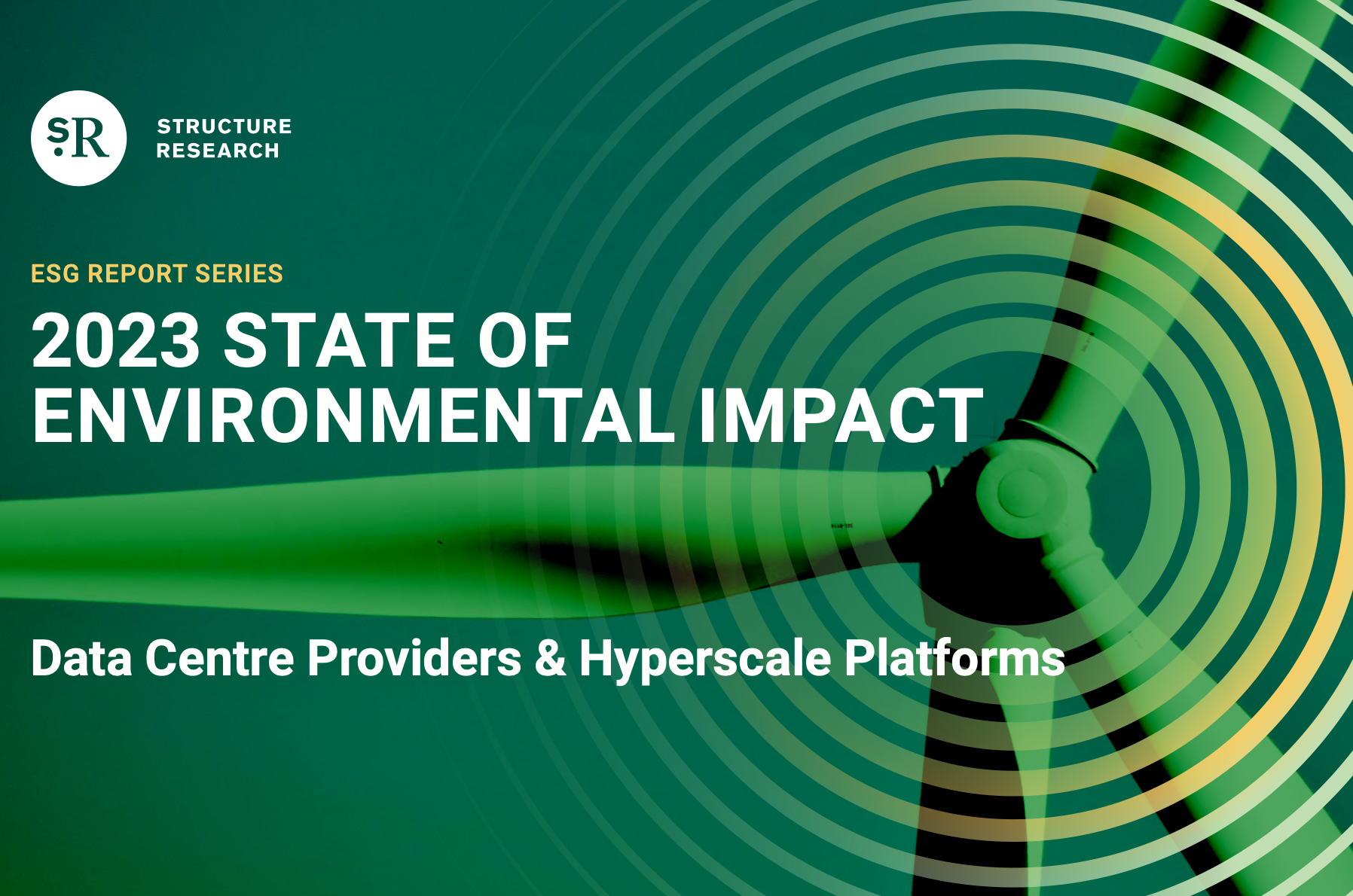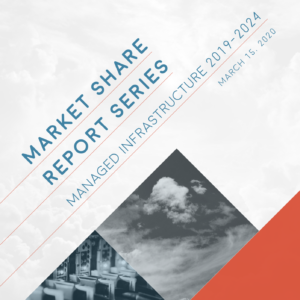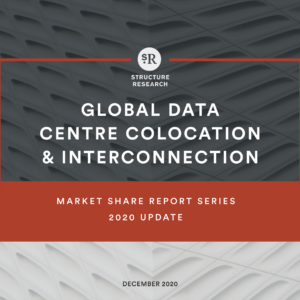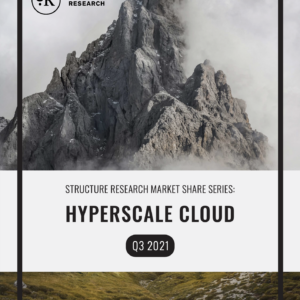Executive Summary
The data centre industry has always exhibited high levels of demand for energy and resources to support the building and operation of this infrastructure. With the increased reliance on data centres, there is growing concern about its environmental impact, especially as capacity requirements continue to expand, driven by cloud adoption, and going to another level with AI and HPC. The data centre industry is increasingly aware of the environmental concerns, especially in the wake of climate change, and the majority of companies are actively transforming their businesses to be more environmentally friendly. This includes the use of renewable and carbonneutral energy, implementing more energy efficient equipment, mitigating carbon emissions, waste heat reuse, and water conservation techniques. Enterprise environmental efforts are consolidated and reported in annual Environmental, Social, and Governance (ESG) reports, which provide a detailed look at a company’s energy use and greenhouse gas (GHG) GHG emissions, as well as plans for mitigating and adapting to climate change.
Although ESG reporting has existed since the early 2000s, transparency and reporting have still been major challenges in the data centre industry. However in 2019, the Sustainable Finance Disclosure Regulation (SFDR) was introduced in Europe and required companies to report a wide range of ESG metrics (European Commission, 2019). Since then, data centre companies have been making strides to report their ESG metrics, and many clients and investors have also cited the importance of ESG metrics in their buying decisions and strategic decision-making.
As of 2022, we have identified 27 data centre providers and 9 hyperscale platforms that have published at least one ESG report since 2019, and using those publicly available reports, we have consolidated an overview of the environmental impact of the data centre and hyperscale cloud industry.
Overall, carbon emissions and consumption of resources have continued to increase since 2019 due to the expanding need for IT infrastructure. In 2022, the data centre and hyperscale industry produced a total of 62.3 million metric tons of CO2e, an increase of 10.3% since 2019. In terms of energy consumption, in 2022, the global data centre and hyperscale industry consumed 244.6 TWh of energy which accounts for about 0.96% of the total global energy consumption. Water consumption in the industry has also increased, by 4.6% from 2019 to 2022.
With the increase in emissions and consumption, there have been corresponding improvements in operational efficiency and adoption of renewable energy. When looking at the rate of CO2e emissions by GWh of energy consumption, there was a steady decrease between 2019 to 2022, suggesting that data centres may be able to continue increasing workloads while working towards sustainability goals. Renewable energy use in the industry has also increased significantly since 2019, with 30.8% more renewable energy being used in 2022 compared to 2019. Hyperscalers have been utilizing a larger proportion of the renewables, and about 82% of the energy consumption of hyperscalers is attributed to renewable energy in 2022.
The data centre and hyperscale cloud industry will continue to grow and further intensify resource use and emissions. Overall, however, with clear focus and investment on energy efficiency and sustainability, it is possible for many in the industry to hit net-zero emissions targets. Structure Research’s inaugural 2023 State of Environmental Impact: Hyperscale Cloud & Data Centres aims to provide a global view of the impact of the data centre industry on climate change, focusing on GHG, energy and water consumption.






